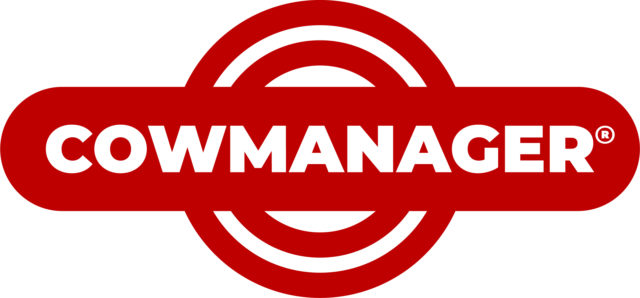Every day more and more dairy producers are hurting from low prices and eroding equity while the light at the end of the tunnel remains as far if not farther away than the day before. The crisis is irrespective of size. Dairies large and small are hurting. Progressive Dairyman does not limit its definition of “progressive” to large herds. We consider the magazine relevant to all “forward-thinking” dairy producers. At this time specifically, more important than the size of one’s herd is the size of your willingness to persist. Our present, troubling dairy situation is trying the ambition of all producers. The best, both large and small, will find a way forward. They will be truly progressive. I recently fielded a call from one such concerned reader and dairyman. In his explanation, he said the dairy economic puzzle decades ago had just a few pieces. Now he says there are thousands of pieces. After speaking with him, I had the thought that the complexity of the situation and number of problems presenting us is limiting proposed solutions. Earlier this year I wrote in this column that it was time to start a discussion about supply management programs. That has begun in earnest. Some may have already made up their mind and are advocating for implementing a supply control solution. Having one organized idea with some producer support makes right now a good opportunity to step up the level of discussion and identify all the broken parts of our industry. It’s time for a laundry list of what needs fixing. It may be long. One way to start creating that list is to consider the current supply management proposal on the table. Thinking it through will inevitably bring other questions to mind. Here’s a few of the questions that come to mind when I’ve considered it: Should we be concerned about the amounts and types of dairy products still imported into the U.S. each year? Could a change to federal milk marketing orders and pricing formulas make a difference? What could be done to make CWT a more effective supply management tool? Would lowering SCC standards shift the focus to making better quality milk and not just more of it? Can anything be done to control the heifer supply if sexed semen continues to be in use? Could producers get a larger share of the retail dollar for dairy products? Could milk production be tied more closely to feed and production costs? Could a regional marketing agency in common (MAC) help decrease supply in some areas? For some of these items, now may not be the best time for a fix-up. We may have to wait for more bargaining leverage when prices rebound. However, it is surely a good time to know what are our weaknesses and look for solutions so when the opportune time presents itself we’ll be ready with more than just second-thoughts. Time to start asking the hard questions. I'd like to begin to quantify the problems or puzzling pieces that need addressed in our industry. I invite you to submit questions you’d like to add to my list and comment on mine. I hope to build a list of topics to be reported on, discussed and analyzed in future issues of Progressive Dairyman. PD Walt Cooley Editor walt@progressivedairy.com (208) 324-7513
1109 PD: Irrespective of size, your ambition needed now
BUYER'S GUIDE
VISIT OUR BUYER’S GUIDEElite Lagoon and Soil AmendmentWe have developed a cost effective use of Biochar in dairy lagoons, composting and in the soil.
For over 30 years Kooima Ag® has been manufacturing replacement forage harvester parts, combine parts, mixer wagon knives, header adapters and more!
.jpg?t=1687979285&width=640)



